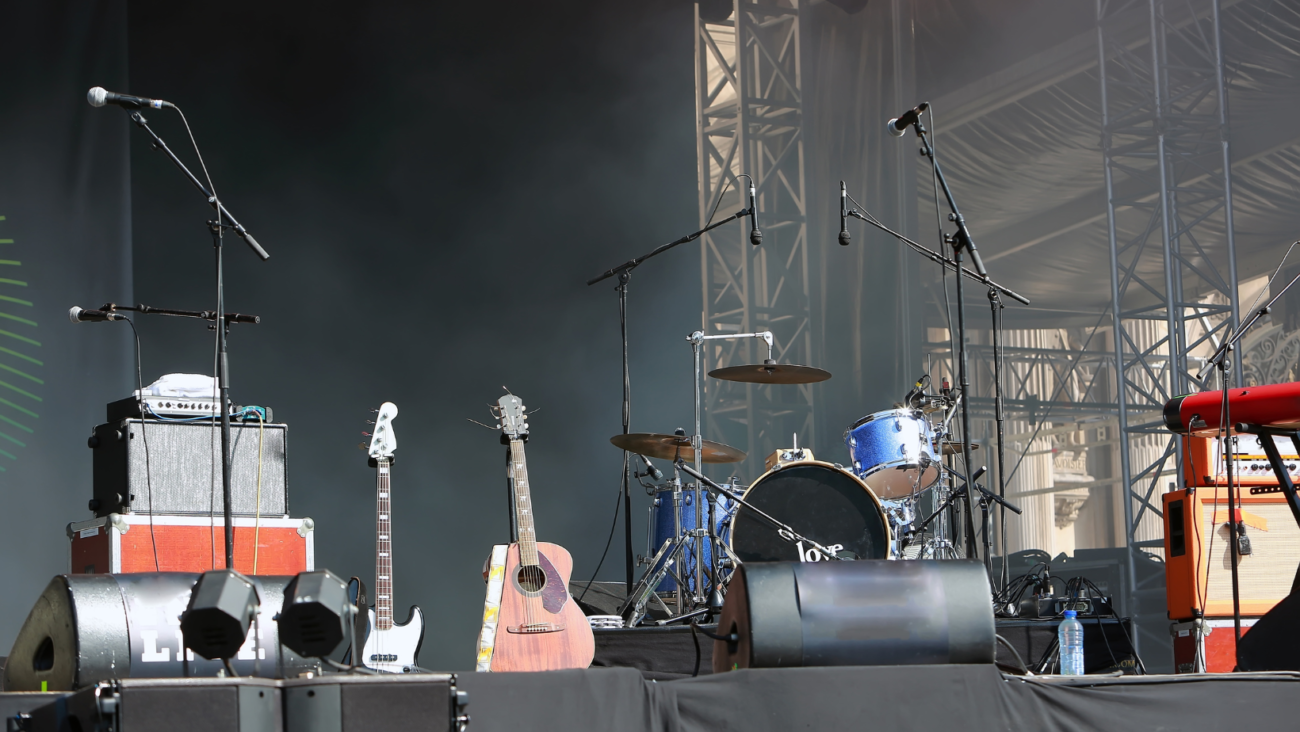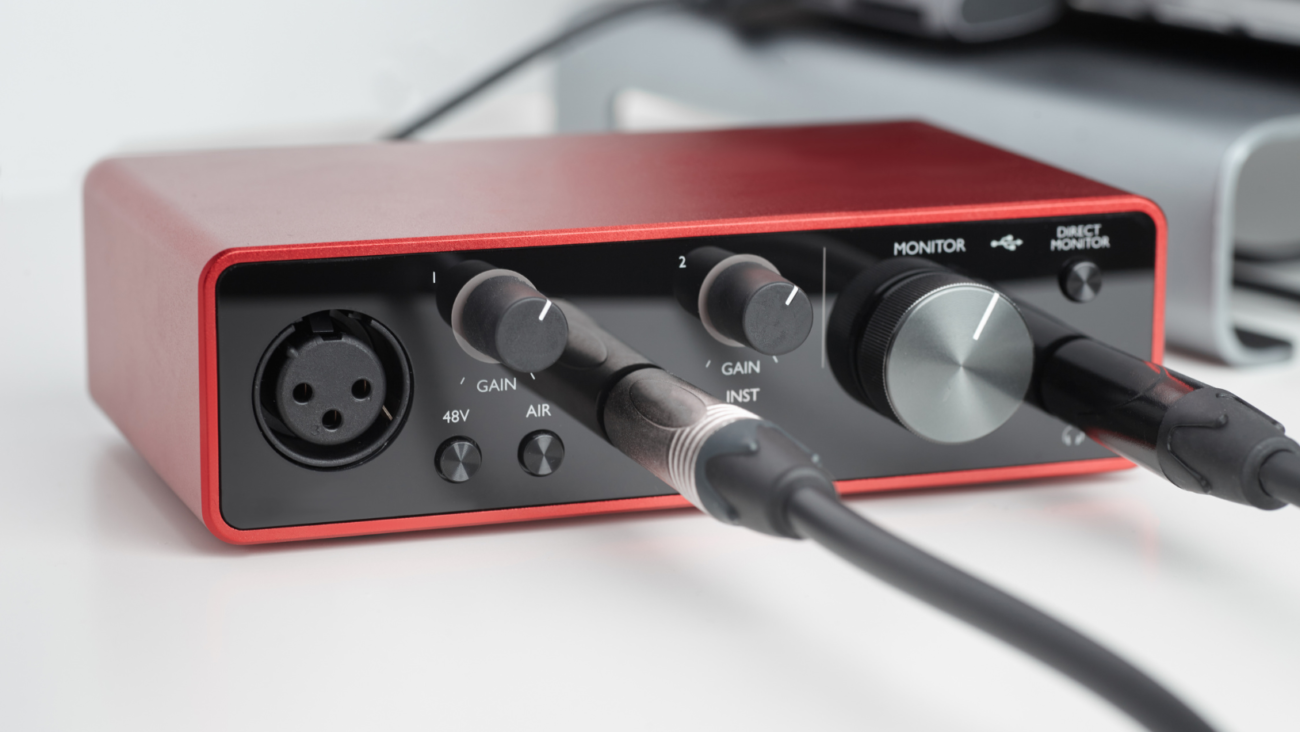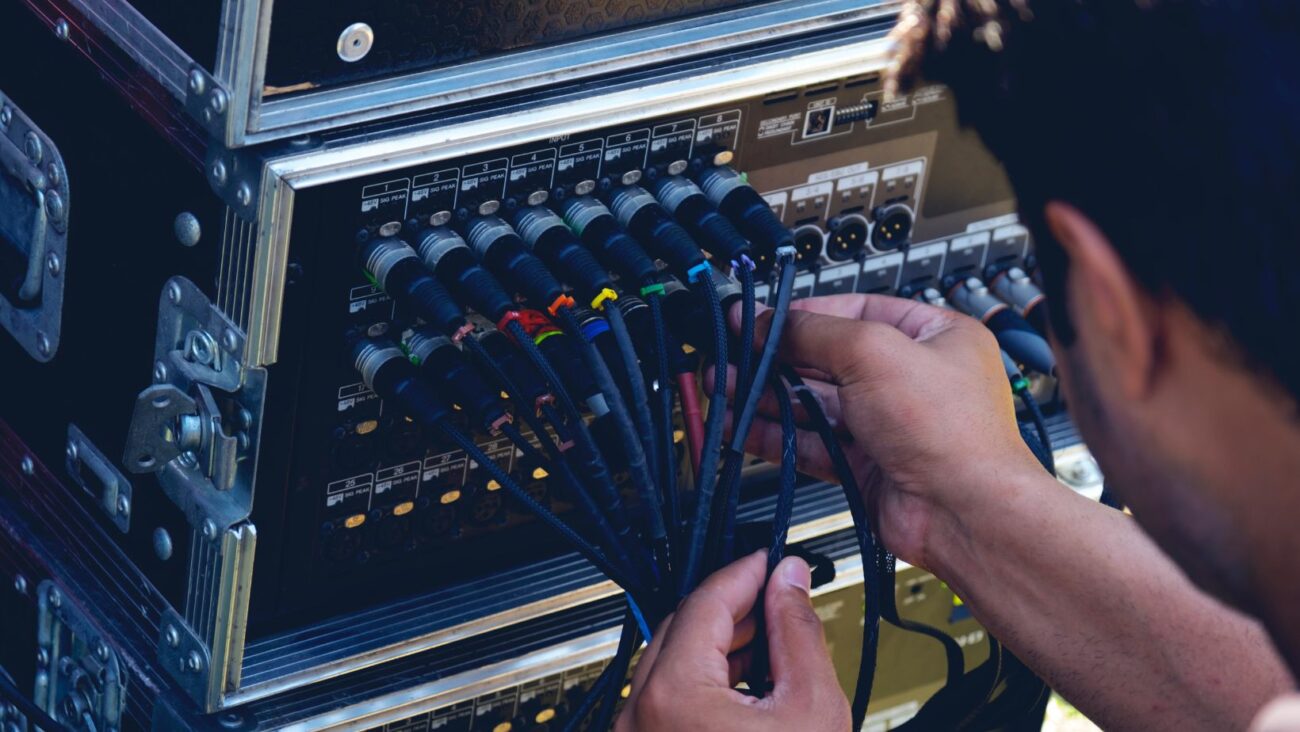DMX Connectors vs. XLR Connectors
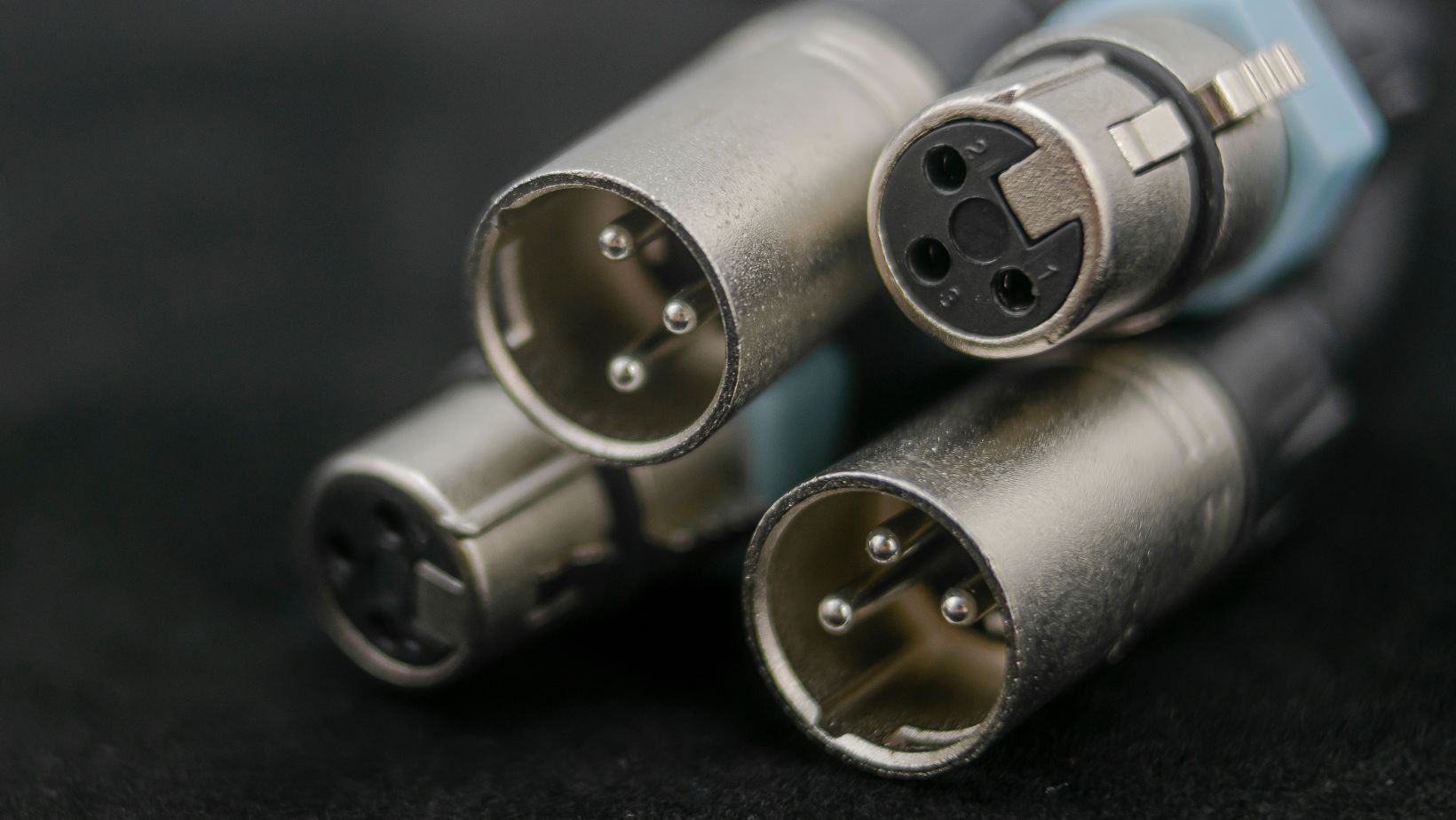
In the intricate world of audiovisual technology, the role of connectors cannot be overstated. The unsung heroes establish a seamless link between equipment, allowing data and signals to flow effortlessly. Among the connectors that frequently spark debates and questions are DMX (Digital Multiplex) and XLR connectors.
Though they might resemble, these connectors possess unique attributes that set them apart. This comprehensive exploration delves deep into DMX and XLR connectors, uncovering their individual characteristics, applications, and reasons behind their continued relevance.
DMX Connectors
DMX connectors are the lifeline of the entertainment industry, orchestrating a captivating dance of lights that accompanies performances and events. The DMX protocol facilitates communication between lighting fixtures, enabling dynamic control over intensity, color, and movement. This transformative capability owes much to the specialized connectors that power this protocol.
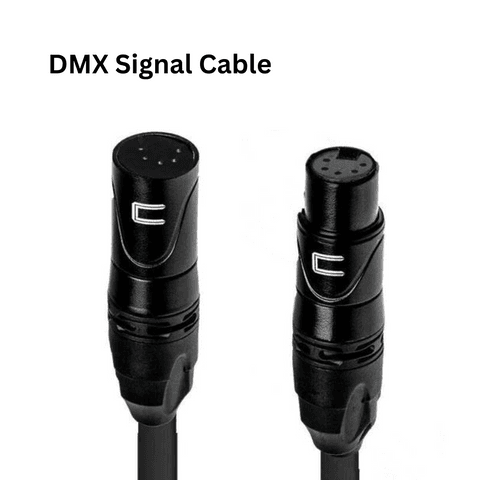
The 5-pin DMX connector, a variant of the XLR connector, stands as the conduit through which digital control signals flow. Unlike its audio-focused counterpart, DMX connectors serve a specific purpose: to carry precise data to manipulate lighting devices. The 5-pin configuration is often adopted due to its capacity to transmit more information, accommodating the intricacies of lighting control.
DMX connectors are not merely components; they are the architects of mesmerizing light shows, the enablers of artistic expression that captivate audiences and elevate atmospheres. Their significance resonates in concert halls, theaters, and dance floors, where the interplay of light shapes narratives that transcend words.
XLR Connectors
While DMX connectors orchestrate visual experiences, XLR connectors conduct a symphony of sound. These connectors are lauded for their impeccable audio transmission capabilities, cherished by musicians, audio engineers, and sound enthusiasts. The balanced configuration of XLR connectors actively combats interference and noise, ensuring pristine good, quality traverses cables with minimal distortion.
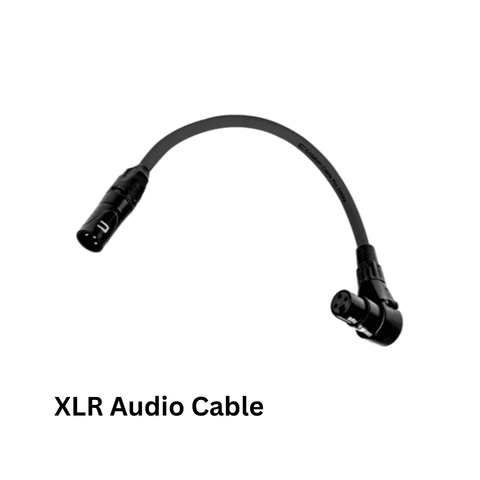
The venerable 3-pin XLR connector is the cornerstone of audio connectivity. Its ingenious design, featuring a ground wire and two signal wires, fosters the transmission of balanced audio signals. This equilibrium suppresses electromagnetic interference, an adversary threatening to mar the auditory experience. In microphones, mixers, amplifiers, and speakers, XLR connectors demonstrate their prowess, establishing a communication channel that resonates with fidelity.
Much like an orchestra conductor, XLR connectors enable the harmonious interplay of instruments and voices, creating an auditory tapestry that envelopes listeners in sonic delight.
DMX Connectors vs. XLR Connectors
- Construction and Configuration: DMX and XLR connectors share visual similarities, exhibiting a circular form and metallic finish. However, DMX connectors often possess a 5-pin configuration instead of the more standard 3-pin configuration of XLR connectors. This difference caters to the unique requirements of their respective applications.
- Functionality: The primary divergence lies in their purposes. DMX connectors are tailored for transmitting digital control signals, while XLR connectors are geared towards balanced audio signal transmission. This variance in function informs their design and the attributes they prioritize.
- Applications: DMX connectors excel in lighting control systems, guiding the intricacies of illumination for stage performances, events, and entertainment. XLR connectors find their realm in the audio landscape, fostering clear, noise-resistant transmission in professional setups and recording studios.
- Signal Type: DMX connectors transmit digital signals that coordinate lighting effects, while XLR connectors transmit analog audio signals. The dissimilarity in signal type is a fundamental aspect that underscores their divergent roles.
Crossover Applications
Interestingly, the distinctions between DMX and XLR connectors can sometimes blur, leading to crossover applications. Lighting setups that incorporate sound elements, such as music-driven performances, might witness the coexistence of both connectors. Here, the versatility of XLR connectors extends to a dual purpose, facilitating audio transmission alongside DMX signals.
In the grand tapestry of audiovisual technology, DMX, and XLR connectors stand as distinct threads, weaving through stages, studios, and entertainment realms. Their unique attributes resonate with the demands of their designated domains, ensuring that the world of sound and light pulsates with vitality. Whether controlling a luminescent spectacle or orchestrating an auditory masterpiece, these connectors remain steadfast companions on the journey of creativity and expression.

